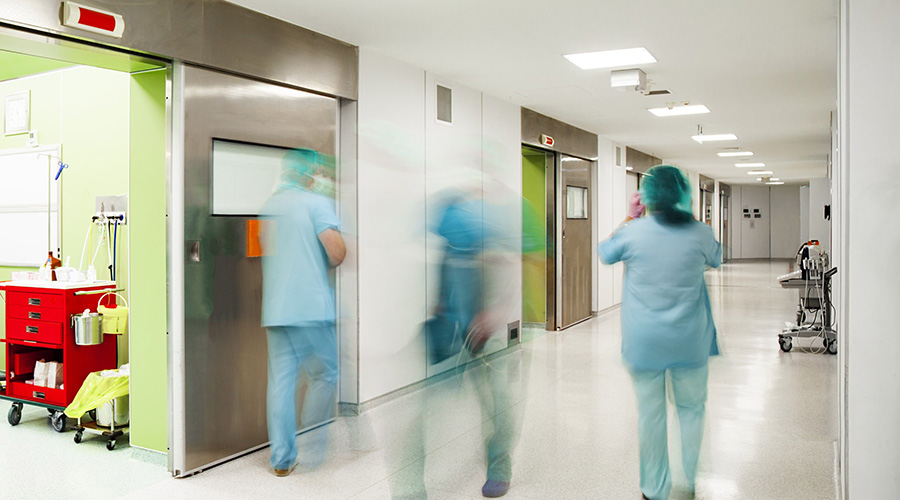Technology’s role in healthcare is increasing and evolving, making it the fourth crucial utility in Healthcare construction projects, according to an article on the Medical Construction & Design website.
The construction industry often references “MEP” as mechanical, electrical and plumbing and they can range from 30 to 40 percent of most healthcare project budgets. Given the growing cost and need for low-voltage technology, soon “MEP” will be known as “MEP-T.”
Healthcare organizations are investing less in mega projects and more on infrastructure and technology because of the new requirements of the Affordable Care Act, the article said. Many projects are challenged when trying to interface with existing low-voltage infrastructure or implementing entirely new infrastructure.The cost-benefit analysis of salvaging existing infrastructure rather than building new infrastructure to accommodate the rapidly advancing technology systems must be considered.
Low-voltage systems usually are provided by specialty subcontractors that work underneath electrical, mechanical, security and door subcontractors. These scopes of work are often times executed in a silo. However, if these systems are not carefully integrated from the beginning of the project, an influx of low-voltage coordination and clash issues will surface, according to the article. These late coordination issues can increase project cost. Using a four-utility MEP-T approach can solve a problem before it becomes one.
Low-voltage subcontractors are often interfacing with existing facilities with a range of digital and physical challenges. The redundancy of disparate networks being managed on multiple servers creates a ripple effect of additional operations cost associated with heating/cooling of extra network gear, numerous software licenses and maintenance contracts for equipment, the article said. Multiple control networks might also exist that are proprietary and thus difficult, if not impossible, to interface new programming.The physical challenges are typically comprised of accessibility, unorganized and unmarked cables and outdated technology gear.
"For all healthcare organizations beginning new projects, the T in MEP-T should be just as much of a discussion topic in the schematic design phase as the structure and envelope. Facility operators will need time to thoroughly assess their infrastructure, understand evolving and available medical technology, review technology matrix dependencies and predict future growth of the facility." the article said.
Read the article.

 Making the Energy Efficiency Case to the C-Suite
Making the Energy Efficiency Case to the C-Suite How to Avoid HAIs This Flu Season
How to Avoid HAIs This Flu Season Design Phase Set to Begin for Hospital Annex at SUNY Upstate Medical
Design Phase Set to Begin for Hospital Annex at SUNY Upstate Medical Building Hospital Resilience in an Era of Extreme Weather
Building Hospital Resilience in an Era of Extreme Weather Ennoble Care Falls Victim to Data Breach
Ennoble Care Falls Victim to Data Breach